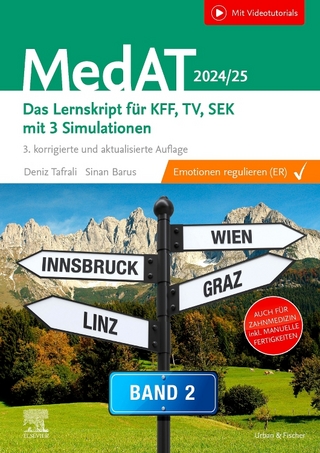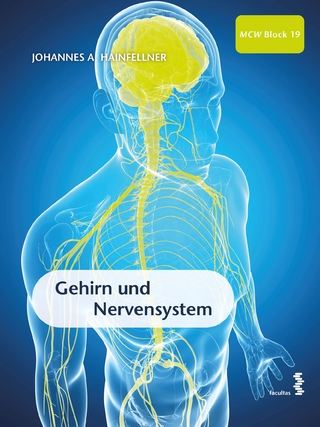
Intracellular Delivery III
Springer International Publishing (Verlag)
978-3-319-43523-7 (ISBN)
1 Overview of present problems facing commercialization of nanomedicines, Ales Prokop and Volkmar Weissig.- 2 Precision medicine and site-specific drug delivery, Karel Petrák.- 3 Extracellular matrix degrading enzymes for nanocarrier-based anticancer therapy, Pablo Scodeller.- 4 Nanocarrier-based anticancer therapies with the focus on strategies for targeting the tumor microenvironment, Francisca Leonard and Biana Godin.- 5 New approach to minimize the MPS/RES uptake resulting a reduce toxic side effects of nanodrugs, Li Liu and Chien Ho.- 6 Authentic vascular and stromal structure in animal disease model for nanomedicine, Hiroshi Nishihara and Mitsunobu R Kano.- 7 Ligand-targeted nanocarriers with respect to their translation into the clinic, in particular in comparison with non-targeted nano-medicines, Roy Van der Meel, Laurens J.C. Vehmeijer, Robbert Jan Kok, Gert Storm, Ethlinn V.B. van Gaaland Gert Storm.- 8 Anti-angiogenic therapy by targeting the tumor vasculature with liposomes, Yu Sakurai and Hideyoshi Harashima.- 9 Accessing mitochondrial targets using nanocargos, Ru Wen, Afoma C. Umeano and Shanta Dhar.- 10 Redox-responsive nano-delivery systems for cancer therapy, Amit Singh, Thanh-Huyen Tran and Mansoor M. Amiji.- 11 Nano-emulsions for drug delivery and biomedical imaging, Nicolas Anton, François Hallouard, Mohammed F. Attia and Thierry F. Vandamme.- 12 The tumor microenvironment in nanoparticle delivery and the role of Imaging to navigate roadblocks and pathways, Dmitri Artemov and Zaver M Bhujwalla.- 13 Microscopic mass spectrometry for the precise design of drug delivery systems, Yasuhiro Matsumura and Masahiro Yasunaga.- 14 Pharmacokinetics and pharmacodynamics of nano-drug delivery systems, David Stepensky.- 15 Intracellular drug delivery in PBPK modelling though active and passive transport processes, Lars Kuepfer, Christoph Niederalt, Thomas Wendl, Jan-Frederil Schlender, Michael Block, Thomas Eissing, Donato Teutonic.- 16 Exploitingnanocarriers for combination cancer therapy, Yi Wen Kong, Erik C. Dreaden, Paula T. Hammond and Michael B. Yaffe.- 17 Commercialization of nanotechnology for medical applications, David W. Hobson.- Index
| Erscheinungsdatum | 01.12.2016 |
|---|---|
| Reihe/Serie | Fundamental Biomedical Technologies |
| Zusatzinfo | XIII, 453 p. 81 illus., 65 illus. in color. |
| Verlagsort | Cham |
| Sprache | englisch |
| Maße | 155 x 235 mm |
| Themenwelt | Medizin / Pharmazie ► Studium |
| Technik | |
| Schlagworte | Biochemical targeting • Biomedical and Life Sciences • Biomedicine general • Cellular (tissue) targeting • Computational means of target discovery • Discovery applicable for the Pharmaceutical indust • Discovery applicable for the Pharmaceutical industry • Discovery of targeting • nanotechnology |
| ISBN-10 | 3-319-43523-X / 331943523X |
| ISBN-13 | 978-3-319-43523-7 / 9783319435237 |
| Zustand | Neuware |
| Haben Sie eine Frage zum Produkt? |
aus dem Bereich


